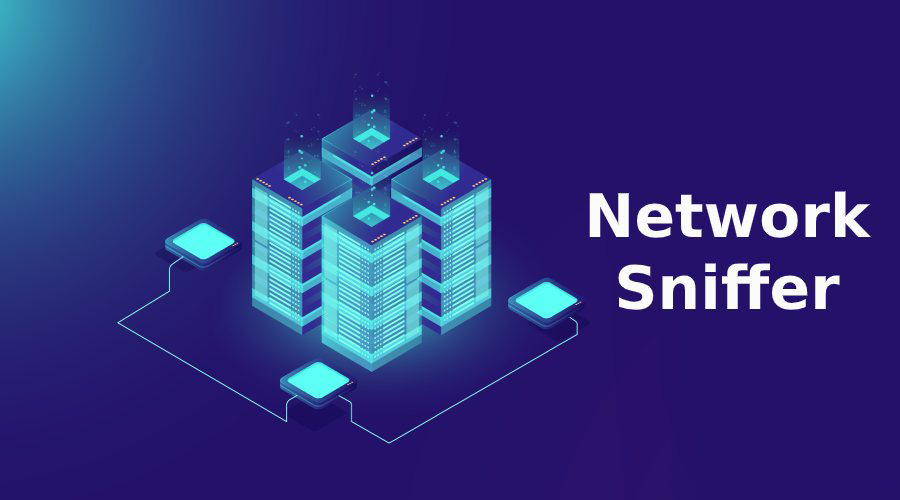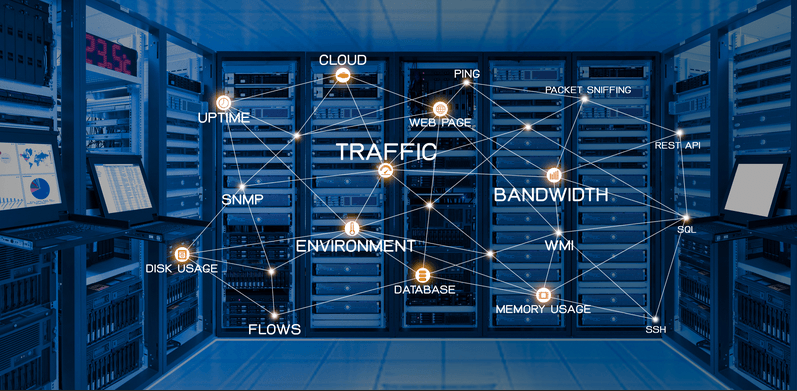Network Sniffer: Understanding the Tool, Use Cases, and Security Implications
What is a Network Sniffer?
A network sniffer, also known as a packet analyzer or network analyzer, is a tool used to monitor and capture data packets traveling through a network. Network sniffers can be hardware or software-based and are used for various purposes, including network troubleshooting, security monitoring, and performance analysis.

How does it work?
A network sniffer works by intercepting and logging data packets as they move through a network. It operates by putting a network interface into “promiscuous mode,” allowing it to capture all network traffic rather than just the traffic intended for that device. The collected data can then be analyzed to diagnose network issues, detect cyber threats, or optimize performance.
Common Use Cases of Network Sniffers
- Network Troubleshooting – Network administrators use sniffers to diagnose connectivity issues, identify network bottlenecks, and analyze data flow. This helps in resolving problems like slow connections and dropped packets.
- Cyber security and Threat Detection – Security professionals use network sniffers to monitor for malicious activity, such as unauthorized access, data exfiltration, or malware propagation. They play a crucial role in intrusion detection systems (IDS) and security information and event management (SIEM) solutions.
- Performance Optimization – Businesses use sniffers to monitor bandwidth usage, detect congestion, and improve network efficiency by analyzing traffic patterns.
- Ethical Hacking and Penetration Testing – Ethical hackers and cyber security professionals leverage sniffers to test network defenses, identify vulnerabilities, and ensure security protocols are working as intended.
- Compliance Auditing – Many industries require network monitoring for compliance with regulatory standards such as GDPR, HIPAA, and PCI DSS. Network sniffers help organizations track and document network activities to maintain compliance.
Security and Privacy Implications
While network sniffers are valuable tools for legitimate purposes, they can also be misused by cybercriminals for hacking and data theft. Malicious actors use sniffers to intercept sensitive information such as login credentials, credit card numbers, and personal data. To protect against unauthorized sniffing, organizations should implement:
- Encryption (e.g., TLS/SSL, VPNs) to secure data transmission.
- Network segmentation to limit access to critical infrastructure.
- Intrusion detection systems (IDS) to monitor suspicious activity.
- Secure Wi-Fi protocols such as WPA3 to prevent wireless eavesdropping.

Popular Network Sniffing Tools
- Wireshark – A widely used open-source packet analyzer for troubleshooting and security analysis.
- Tcpdump – A command-line sniffer commonly used by network administrators.
- Ettercap – Specializes in man-in-the-middle (MITM) attacks and security testing.
- Cain & Abel – A tool used for password recovery and network sniffing.
- Microsoft Message Analyzer – A tool for analyzing network traffic on Windows systems.
Conclusion
Network sniffers are powerful tools that can be used for both beneficial and malicious purposes. When used ethically, they help organizations maintain secure, efficient, and compliant network environments. However, users must be aware of the risks associated with network sniffing and implement robust security measures to protect sensitive data.